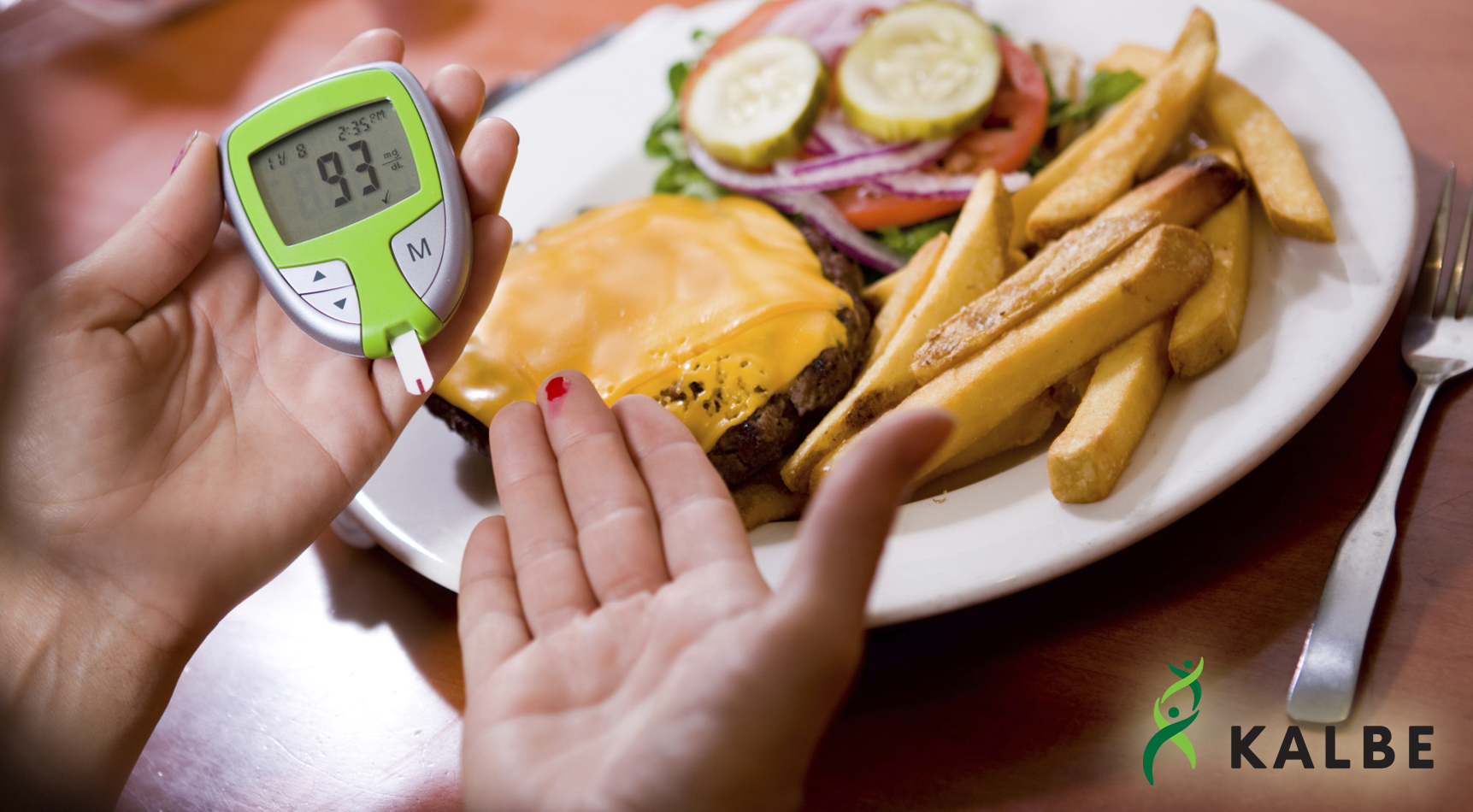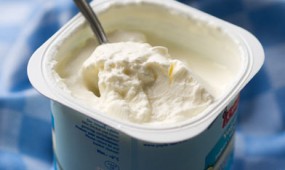The Best and Worst Foods for Type 2 Diabetes

Following a type 2 diabetes diet doesn’t mean you have to give up the things you love — you can still enjoy a wide range of foods. The best diabetes diet is one that is well balanced and includes a variety of healthy carbohydrates, fats, and proteins. The trick to this balancing act is choosing the right combination of foods that will help keep blood sugar level in your target range and avoid big swings that can cause diabetes symptoms — from the frequent urination and thirst of high blood sugar to the fatigue, dizziness, headaches, and mood changes of low blood sugar.
The Basics of the Type 2 Diabetes Diet
To follow a healthy diet, you must first understand how different foods affect your blood sugar. Carbohydrates, which are found in grains, bread, pasta, milk, sweets, fruit, and starchy vegetables, are broken down into glucose in the blood faster than other types of food, which raises blood sugar levels. Protein and fats do not directly impact blood sugar, but both should be consumed in moderation.
To hit your blood sugar level target, eat a variety of foods but monitor portions for foods with high carbohydrate content, says Alison Massey, RD, LDN, CDE, director of diabetes education at Mercy Medical Center in Baltimore, Md. “Carbohydrate foods have the most impact on blood sugar levels. This is why some people with diabetes count their carbohydrates at meals and snacks,” she says.
Best and Worst Type 2 Diabetes Choices by Food Group
As you fill your plate at each meal, here’s a helpful guideline to keep in mind: Fill half your plate with non-starchy vegetables. Round out the meal with other healthy choices — whole grains, nuts and seeds, lean protein, low-fat dairy, and small portions of fresh fruits and healthy fats. Sugar should be limited, says Massey.
Here’s what you need to know about choosing the best options from each group.
Protein
- Best options: The American Diabetes Association (ADA) recommends lean proteins low in saturated fat, like fish or turkey. Aim for two or three servings of seafood each week; some fish, like salmon, have the added benefit of containing heart healthy omega-3 fats. For a vegetarian protein source, experiment with the wide variety of beans. Massey adds that nuts, which are protein and healthy fats powerhouses, are also a great choice — just watch portion sizes as they're very high in calories.
- Worst options: Processed deli meats and hot dogs have high amounts of fat along with lots of sodium, which can increase the risk of high blood pressure. Heart attack and stroke are two common complications of diabetes, so keeping blood pressure in check is important.
Grains
- Best options: When choosing grains, make sure they’re whole. Whole grains such as wild rice, quinoa, and whole grain breads and cereals contain fiber, which is beneficial for digestive health. Whole grains also contain healthy vitamins, minerals, and phytochemicals.
- Worst options: Refined white flour doesn’t contain the same health benefits as whole grains. Processed foods made with white flour include breakfast cereals, white bread, and pastries, so avoid these options. Also try to steer clear of white rice and pasta.
Dairy
- Best options: With only 6 to 8 grams of carbohydrates in a serving, plain nonfat Greek yogurt is a healthy and versatile dairy option. You can add berries and enjoy it for dessert or breakfast; you can use it in recipes as a replacement for sour cream, which is high in saturated fat.
- Worst options: Avoid all full-fat dairy products and especially packaged chocolate milk, says Massey, as it also has added sugar.
Vegetables
- Best options: Non-starchy vegetables such as leafy greens, broccoli, cauliflower, asparagus, and carrots are low in carbohydrates and high in fiber and other nutrients, Massey says. You can eat non-starchy vegetables in abundance — half of your plate should be filled with these veggies. If you’re craving mashed potatoes, give mashed cauliflower a try, she adds.
- Worst options: Stick to small portions of starchy vegetables such as corn, potatoes, and peas. These items are nutritious, but should be eaten in moderation. The ADA groups them with grains because of their high carb content.
Fruit
- Best options: Fresh fruit can conquer your craving for sweets while providing antioxidants and fiber. Berries are a great option because recommended portion sizes are typically generous, which may leave you feeling more satisfied, Massey says.
- Worst options: Avoid added sugar by limiting fruits canned in syrup, and be aware that dried fruits have a very high sugar concentration. Also, fruit juices should be consumed in moderation as they’re high in sugar and don’t contain the same nutrients as whole fruit.
Fats
- Best options: Some types of fat actually help protect your heart. Choose the monounsaturated fats found in avocados, almonds, and pecans or the polyunsaturated fats found in walnuts and sunflower oil, which can help to lower bad cholesterol.
- Worst options: Saturated fats increase bad cholesterol, so limit butter, cheese, gravy, and fried foods. Keep calories from saturated fat to less than 10 percent of your total daily intake. Trans fats are even worse than saturated fats, so avoid them as much as possible. Look for the term “hydrogenated” on labels of processed foods such as packaged snacks, baked goods, and crackers. “I always tell my clients to double-check the ingredient list to make sure they don’t see any partially hydrogenated oil in their food products,” Massey says.
Sources : www.everydayhealth.com
| Share This | 10839 Views |

Benefit of Curry Leaf For Diabetes
Curry leaf is also a wonderful agent that can help people living with diabetes stop their nightmare of dealing with the hateful and stubborn symptoms of this dangerous condition. Aromatic curry leaf might also act as an effective agent which works well in controlling the high blood sugar issue. Many minerals contained in curry leaf can aid in maintaining normal blood sugar levels. Moreover, it can influence the carbohydrate ...

Children under 6 should take cold medicine or shouldn't?
It's miserable to watch your child suffer through the six to 10 colds she's likely to catch this year. And to make matters worse, experts now say that kids under 6 shouldn't use over-the-counter cold and cough medicine because of potentially dangerous side effects. So what's a concerned parent to do? We asked experts to tell us how to help fend off germs in the first plac ...

Yogurt is a best food for baby
Creamy yogurt is rich in calcium and vitamin D, necessary for healthy bones and teeth. Your baby can have it at 6 months, long before he'll be ready for cow's milk.
Opt for plain yogurt with no added sugar. Also look for a brand with the most live cultures, which help regulate the good bacteria in your baby's digestive tract. Make sure you pick up whole-milk yogurt &n ...


